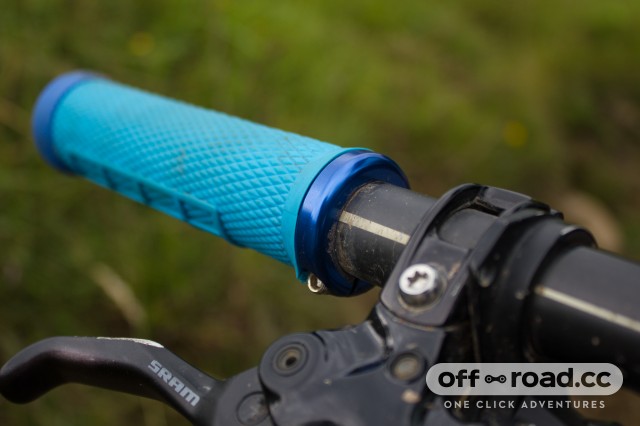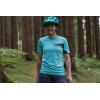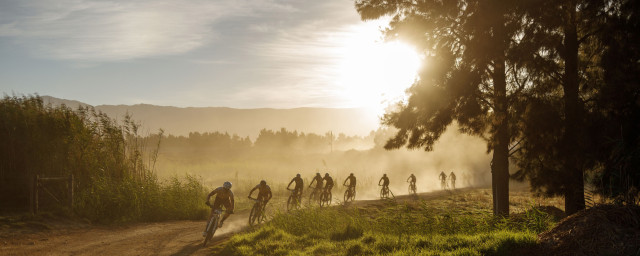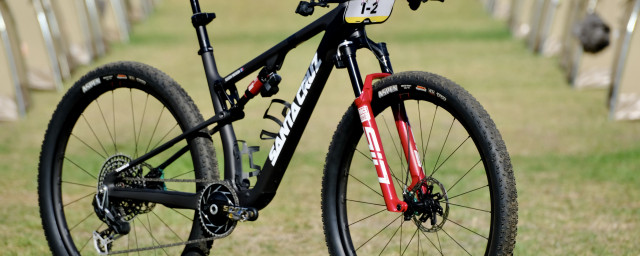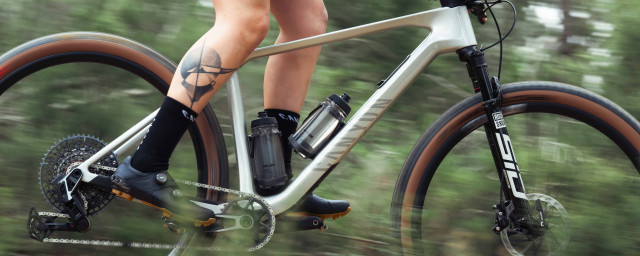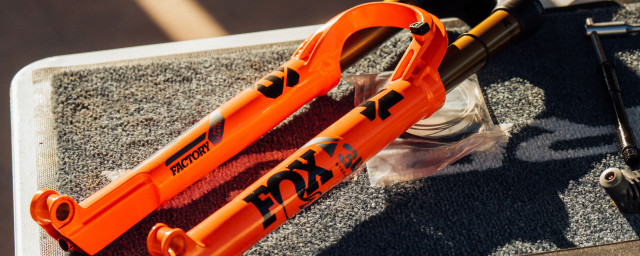Buyer's guide to mountain bike grips - how to choose the best ones for you

Not the most glamorous thing that ever got itself it’s own buyer’s guide but getting the right mountain bike grips for you and your style of riding is pretty important. We have already taken a look a the best grips we have tested this year, now it’s time to advise on the different types and what to look for to ensure you get the right ones for you.
- The best MTB grips you can buy - tried and tested
- Buyer’s guide to mountain bike saddles - get the best saddle for your MTB
- The best trail and enduro mountain bike wheelsets, tried and tested
(Updated - 3rd Feb 2020)
The grips on your mountain bike are pretty important, they are the main point of contact with the bike and can have a major influence on your control of it and the comfort (or discomfort) in which you find yourself. Whilst a grip is a pretty simple piece of kit and really it's pretty hard to find a truly bad one, there are some optimal and sub-optimal factors that should be taken into account when choosing the right ones for your steed.
Here is a rundown of the different types of mountain bike grips and how we think each is put to best use:
Traditional Grips
A rubber sleeve that simply slides on, usually one ended negating the need for bar end plugs.
Pro's: Cheap, can come in quite narrow sizes, light, very simple
Con's: Can slip around in wet conditions, can be a pain to get off once installed, may be made from cheaper rubber/compounds and therefore not as grippy as other varieties of grip.
Foam
These are foam tubes that slide on like a sleeve to the bars. Similar to traditional grips these don’t have any lock on collars or integrated bar ends. Foam or silicone grips seem to have more popularity with long distance riders who tackle technical terrain less often due to their better propensity for vibration damping.
Pro's: Cheap, simple, good vibration damping
Con's: Can move around, hard to get off, no bar end plugs, not that hard wearing
Lock-on grips
These are rubber grips that feature metal rings at each (or just one) end that ‘lock’ into place on the handlebar via a small (2 or 3mm) Allen key bolt. These types of grips are popular on all different types of mountain bikes due to their versatility and the huge range of choice in size and compounds. You can also buy single lock-on grips that feature one lock ring on the inner end of the grip, these are generally just as secure as double lock-on grips but don't have a hard metal edge interfering with the edge of the palm.
Some lock-on grips have the metal part of the grip covered in rubber to make them more comfortable, Hope do this and so do Fabric with the AM Lock-On grips.
Pro's: Secure, come in different sizes, different compounds available, easy to install/uninstall
Con's: More expensive than other types of grip, hard to find really slim sizes, lock-on ring can interfere with the outer edge of hand/palms
Other....
There are also grips on the market with some very unique features, take these RevGrips for example; the RevGrips Pro Series mountain bike grips are an innovative ‘suspension’ design that creates a gap between it and the bar, allowing a small amount of float aimed at combating fatigue and arm pump. These are double lock-on grips with additional rubber 'suspension' or damping parts inside the lock on to allow that float. Read the review here if you want to know more.
Pro's: Absorb vibration, comfy, look good.
Con's: Expensive, faff to set up
Compound
Just like tyres, mountain bike grips come in different compounds too, from uber tacky to the less so. And, just like tyres, those softer compounds are grippier but they wear faster too. Whether you go for a grippy compound that will need replacing quicker or a harder one that will last you a lifetime, it’s a good idea to buy grips that have a fairly thick layer of rubber covering as a thin layer over a plastic shell won’t damp vibrations so well and could lead to hand ache, pain or fatigue.
Size
Grips come in different dimensions, from the super fat 37mm diameter Wolf Tooth Fat Paws to the something thinner like these 29mm diameter Lock on MacAskill grip. There’s no right or wrong and it might take a bit of experimenting to find the right size but the effort will be well worth it for ultimate control and comfort. In general, smaller hands suit smaller grips, not rocket science, eh?! You’ll know if a grip is too fat or too thin as you might get achy hands, arm pump or have problems regulating your braking. A good place to start is with a grip of 31mm and work from there.
Some manufacturers use offset padding so the grip is thicker on one side than the other allowing for a more cushioned palm area where the most pressure is exerted and a thinner area where the fingers cover. These grips will still be perfectly cylindrical though!
You can also get grips of differing lengths so if you really do have bear paws for mitts there will be a grip to suit, you could check out the NS Hold Fast grips (below), they are a lengthy 148mm. BMX style grips are usually pretty wide too but they also tend to be traditional rubber grips, without a flange (used to protect your hand).
Pattern
There are many patterns available from a simple cross-hatched pattern as found on ODI Elite Motion Lock-On’s to something with a branded pattern and words on such as the RaceFace Strafe Lock-On grips. We think that your really only need a small amount of pattern on the rubber to produce good grip, anything more is likely to be bulky and give you less 'feel' through the bars.
For the tried and tested best MTB grips you can buy, click here
You might also like:
- SRAM's SX Eagle budget 12-speed mountain bike drivetrain: weights and tech specs
- Buyer's guide to hydration packs for mountain biking
- Buyer’s guide to mountain bike knee pads


